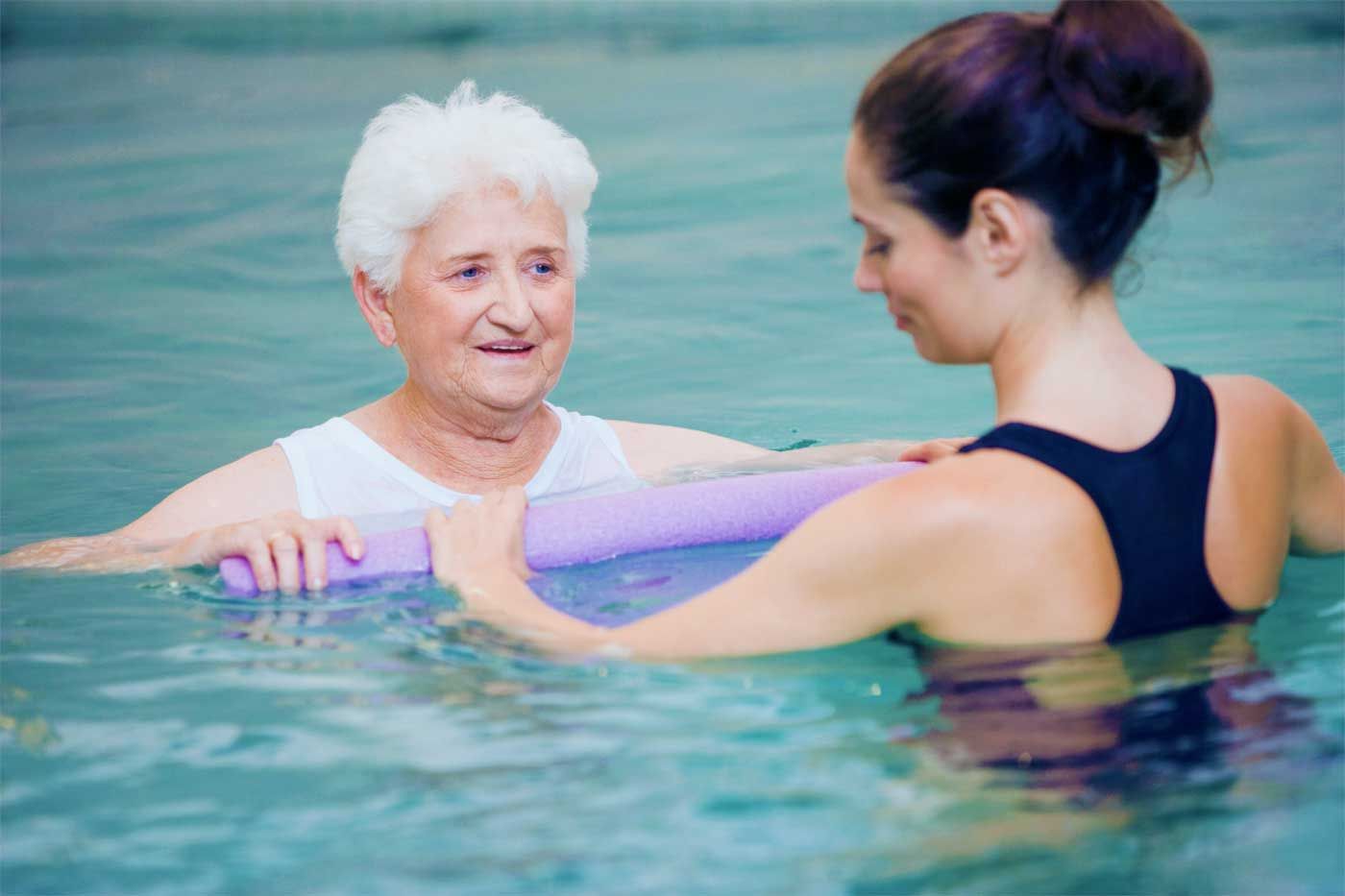Aquatic strength training is an effective form of rehabilitation that utilizes water resistance to help individuals recover from injuries, improve muscle strength, and enhance overall physical fitness. Water’s buoyancy reduces the impact on joints and supports the body, making it an ideal environment for rehabilitation.
The Benefits of Aquatic Strength Training
1. Low impact: Exercising in water reduces the pressure on joints, ligaments, and bones, minimizing the risk of further injury. This makes it suitable for individuals with conditions like arthritis or recovering from surgeries.
2. Increased resistance: Water offers more resistance compared to air. This increased resistance helps build muscle strength and endurance, leading to improved overall fitness.
3. Improved flexibility: The gentle pressure of water against the body can help increase joint range of motion and flexibility.
4. Cardiovascular conditioning: Aquatic training can provide an effective cardiovascular workout, improving heart health and stamina.
5. Enhanced balance and coordination: The constant need to stabilize in water forces the body to work harder in maintaining balance and coordination, which can be beneficial for individuals with balance issues or neurological conditions.
Exercises for Aquatic Strength Training
1. Water walking or jogging: Walking or jogging in water provides a low-impact cardio workout, engaging various muscle groups. Use the natural resistance of the water to increase intensity.
2. Squats and lunges: These exercises target the lower body muscles. Stand in water, with your feet shoulder-width apart, and perform squats or lunges. The water resistance will make the movements more challenging.
3. Arm curls: Use water dumbbells or foam weights to perform bicep curls and tricep extensions. The water resistance will engage the arm muscles and help build strength.
4. Leg kicks: Hold onto pool railings and kick your legs, alternating between flutter kicks and frog kicks. These exercises work the leg muscles and improve flexibility.
5. Pool planks: Hold onto the pool edge with your arms extended, keeping your body in a straight line. Engage your core muscles and maintain this position for as long as possible. Pool planks engage the core muscles, providing a great abdominal workout.
Seek Professional Guidance
Before starting any aquatic strength training program, it is important to consult with a healthcare professional or a certified aquatic therapist. They will assess your individual needs and design a program that aligns with your rehabilitation goals.
Additionally, be mindful of any existing medical conditions or injuries that might require modifications in the exercises. A qualified professional can provide appropriate guidance, ensuring a safe and effective rehabilitation process.
Conclusion
Aquatic strength training is a valuable form of rehabilitation that offers numerous benefits for individuals recovering from injuries or aiming to improve their physical fitness. The water’s buoyancy and resistance allow for low-impact workouts that target various muscle groups, enhance flexibility, cardiovascular endurance, balance, and coordination. Remember to seek professional guidance and follow a customized program to make the most out of your aquatic strength training experience.

